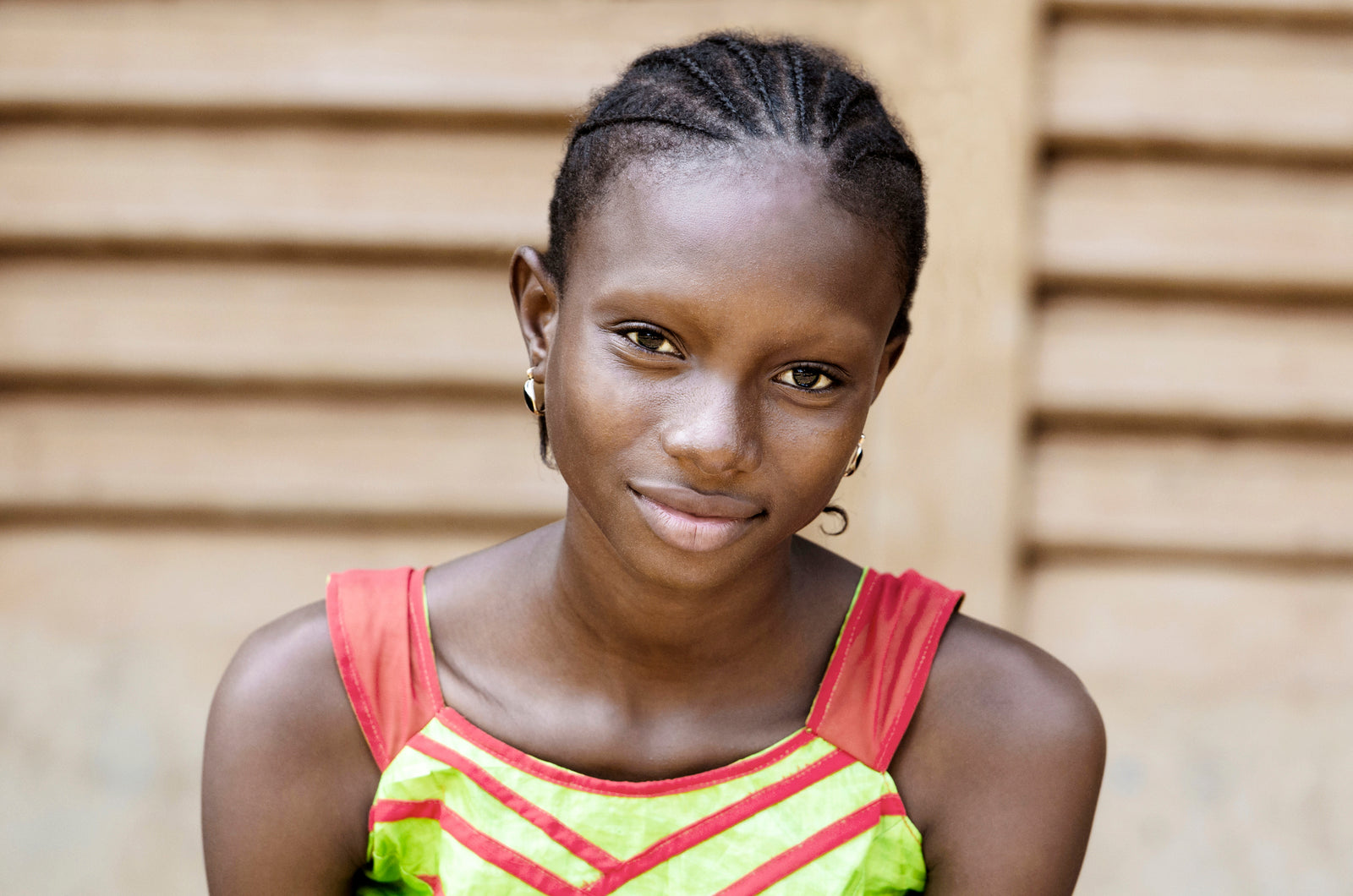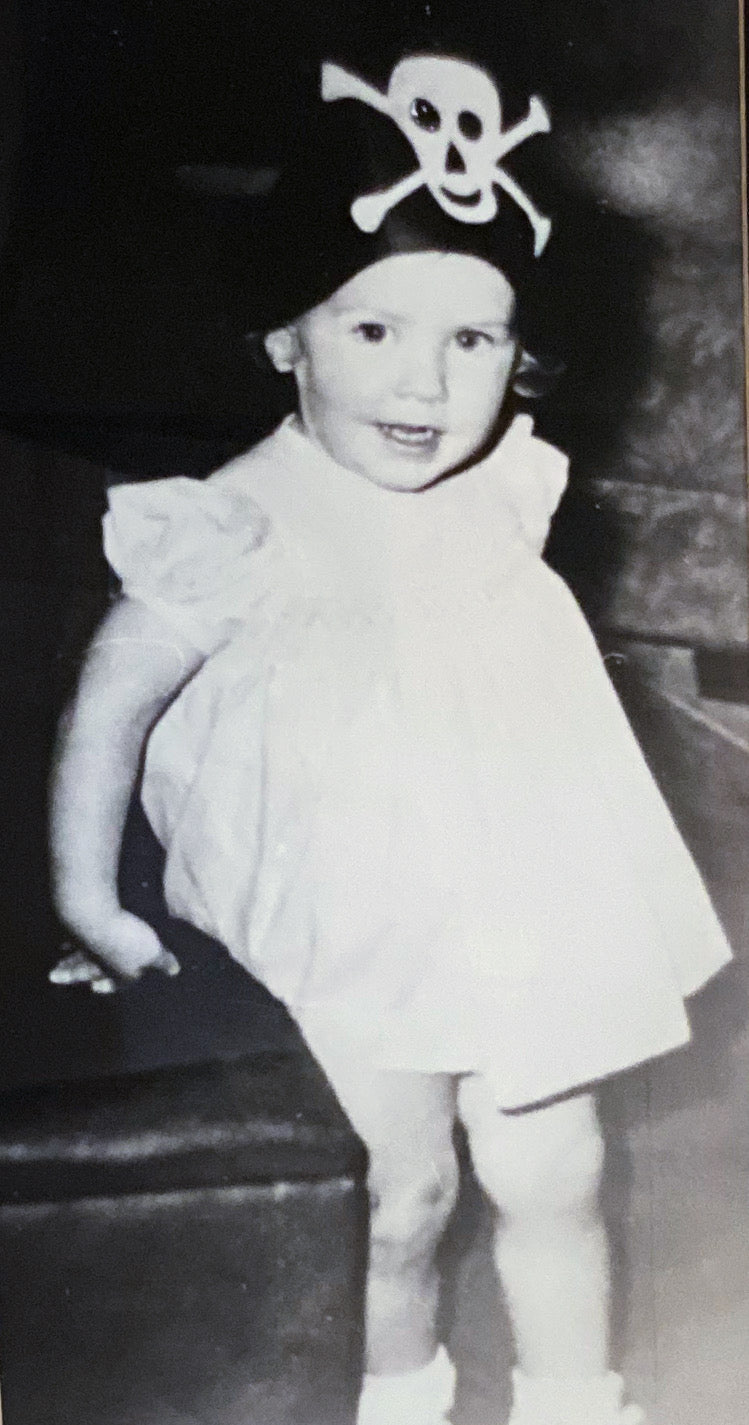The INTEGRAL PRACTICE FOR THE GIFTED™ MODEL: Higher level Cognitive Functioning and Wisdom

A new and essential paradigm for working with our most gifted
The scientific study of the Profoundly Gifted (PG) learners began with the work of Leta Hollingworth in 1916. In the main, we have primarily focused on talent development and measurement of extraordinary ability, mostly using IQ measures.
The Daimon Institute focuses on the necessary conditions for PG learners' holistic development using an expanded focus of study and practice, including intellectual, emotional, moral, kinesthetic, social, talent-based, spirituality, and gender dimensions using the "Integral Practice for the Gifted™" (IPG™) model.
In this highly differentiated model, advanced cognitive development is the "X" factor that sheds light on the highly and profoundly gifted child's experience of reality.
To be clear, this is not synonymous with, nor limited to, intellectual ability as measured by our current psychometric measures. Cognition includes both conscious and unconscious processes.
Intelligence is not merely the result of a deliberate, conscious, logic-driven activity. It is an entity that is much wider and deeper, allied to a mental life that includes other contiguous processes of intuition, imagination, and feeling.
"I believe in intuition and inspiration. Imagination is more important than knowledge. For knowledge is limited, whereas imagination embraces the entire world, stimulating progress, giving birth to evolution. It is, strictly speaking, a real factor in scientific research."
Albert Einstein, On Cosmic Religion and Other Opinions and Aphorisms.

And from Canadian artist Emily Carr, the intricacies of a full-blown contiguous process of thought, feeling, instinct, and intuition is laid bare:
"First, there must be an idea, a feeling, or whatever you want to call it, the something that interested or inspired you sufficiently to make you want to express it. Maybe it was an abstract idea that you've got to find a symbol for, or maybe it was a concrete form that you have to simplify or distort to meet your ends, but that starting point must pervade the whole. Then you must discover the pervading direction, the pervading rhythm, the dominant, recurring forms, the dominant color, but always the THING must be top in your thought. Everything must lead up to it, clothe it, feed it, balance it, tenderly fold it, til it reveals itself in all the beauty of the idea. "
"Hundreds and Thousands: The Journals of an Artist."
PGs' fully integrated, holistic development occurs when we support ALL facets of their experience.
THE INTEGRAL PRACTICE FOR THE GIFTED™ MODEL:
- The IPG™ model evolved (in 2005) to honor and explore multiple dimensions of human experience that inhere in our most gifted children
- The IPG™ model addresses multiple developmental lines and a core, integrative "Self" at work in the growth and development of the gifted child.
The exceptional nature of PG children and their rarity in the population means that extraordinary, personalized programming is crucial to wholly address their inordinate socio-affective and learning needs, to ensure full and optimal development.

When we fail to address the unique needs of the Exceptionally and Profoundly Gifted, they cannot develop across all facets of their experience. Their worldview and sense of purpose are likewise restricted.
When we strategically address their emergent needs comprehensively, over time, we find that their aggregate developmental level is significantly beyond expectations for their chronological age and significantly beyond expectations for more mildly gifted children.
For example, they exhibit post-formal thinking traits, including flexible and fluent thinking, abstract and dialectical reasoning, and a penchant and capacity to engage with moral, intellectual, and emotional complexities.

They also demonstrate essential traits associated with wisdom, at an early age, including:
- self-reflection, self-insight, and a strong sense of justice or fairness.
- empathy, social cooperation, and generativity.
- self-regulatory dimensions of humor, openness to new experiences, and refined emotional regulation.
Notably, when they are fully supported and free from anxiety and other mental health hindrances, these children are often highly motivated to use their gifts to make a change in the world.
